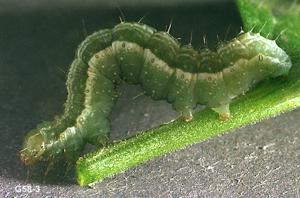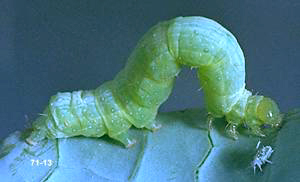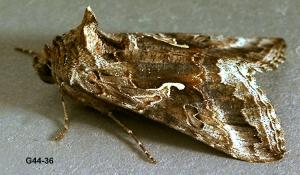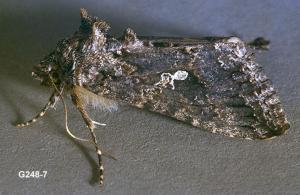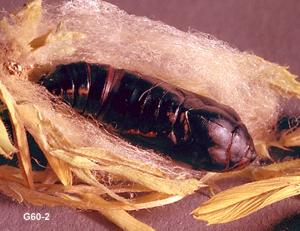|
Loopers |
|||||||||||||
Contents Fact Sheet (requires Acrobat Reader 3.x or above to read and print. Click below to download the free "Reader".) |
This section contains information on the management of loopers in peppermint. The Fact Sheet contains specific information on identifcation and biology of this pest (requires Acrobat Reader). Select a category from the contents menu for additional information on sampling, development, and management of loopers.
|

